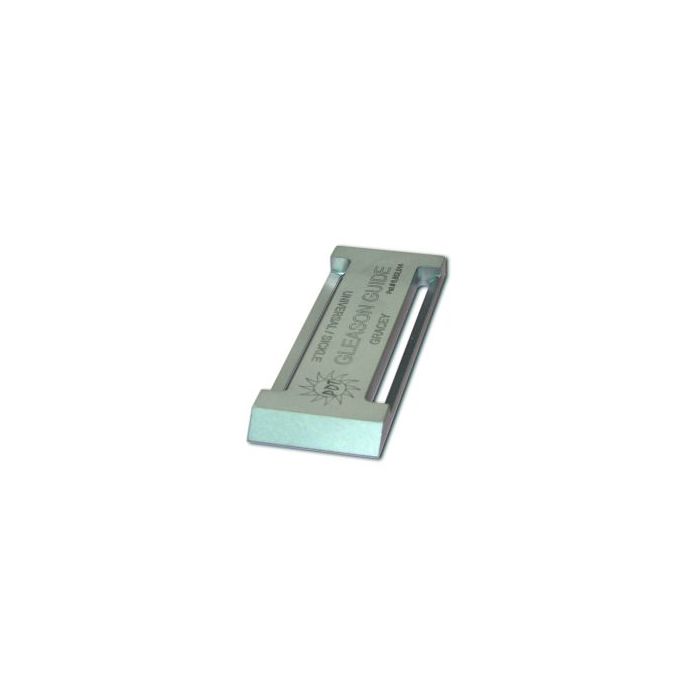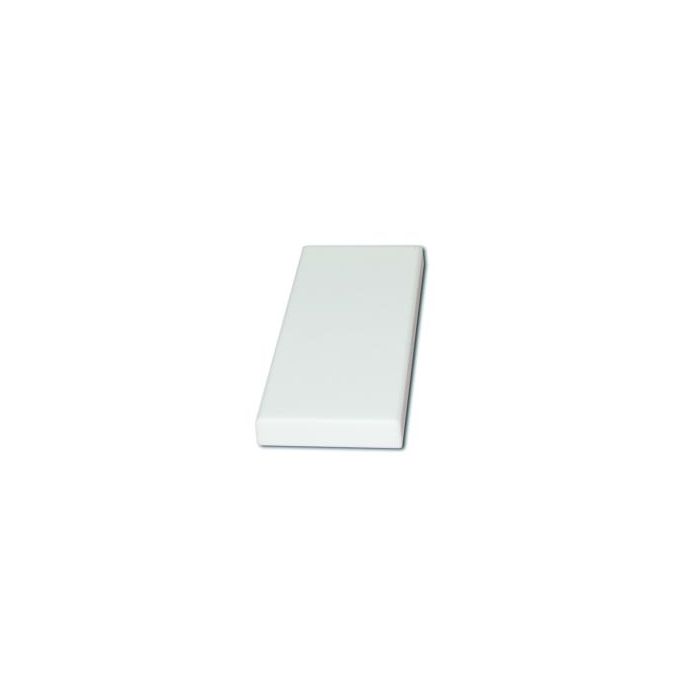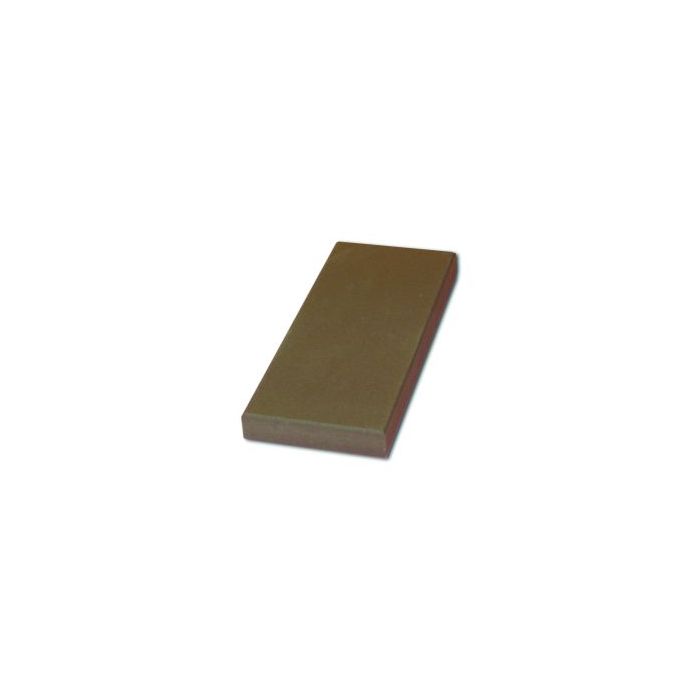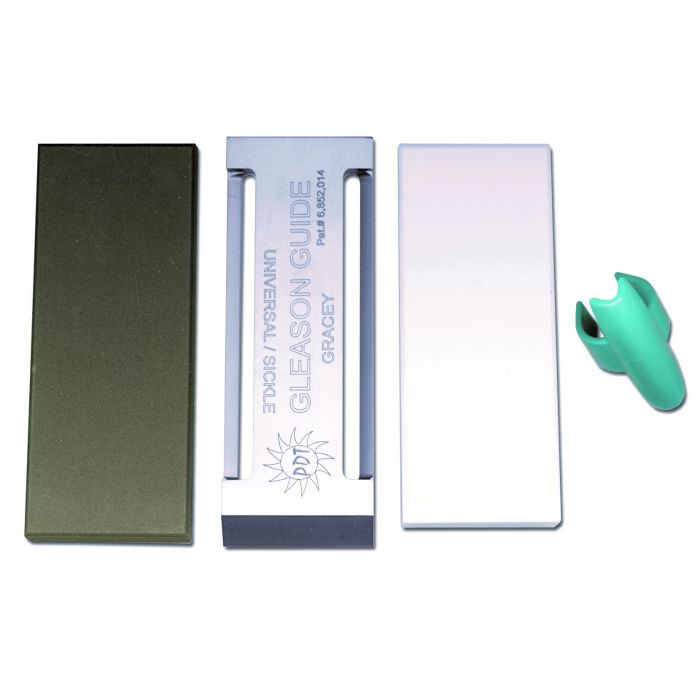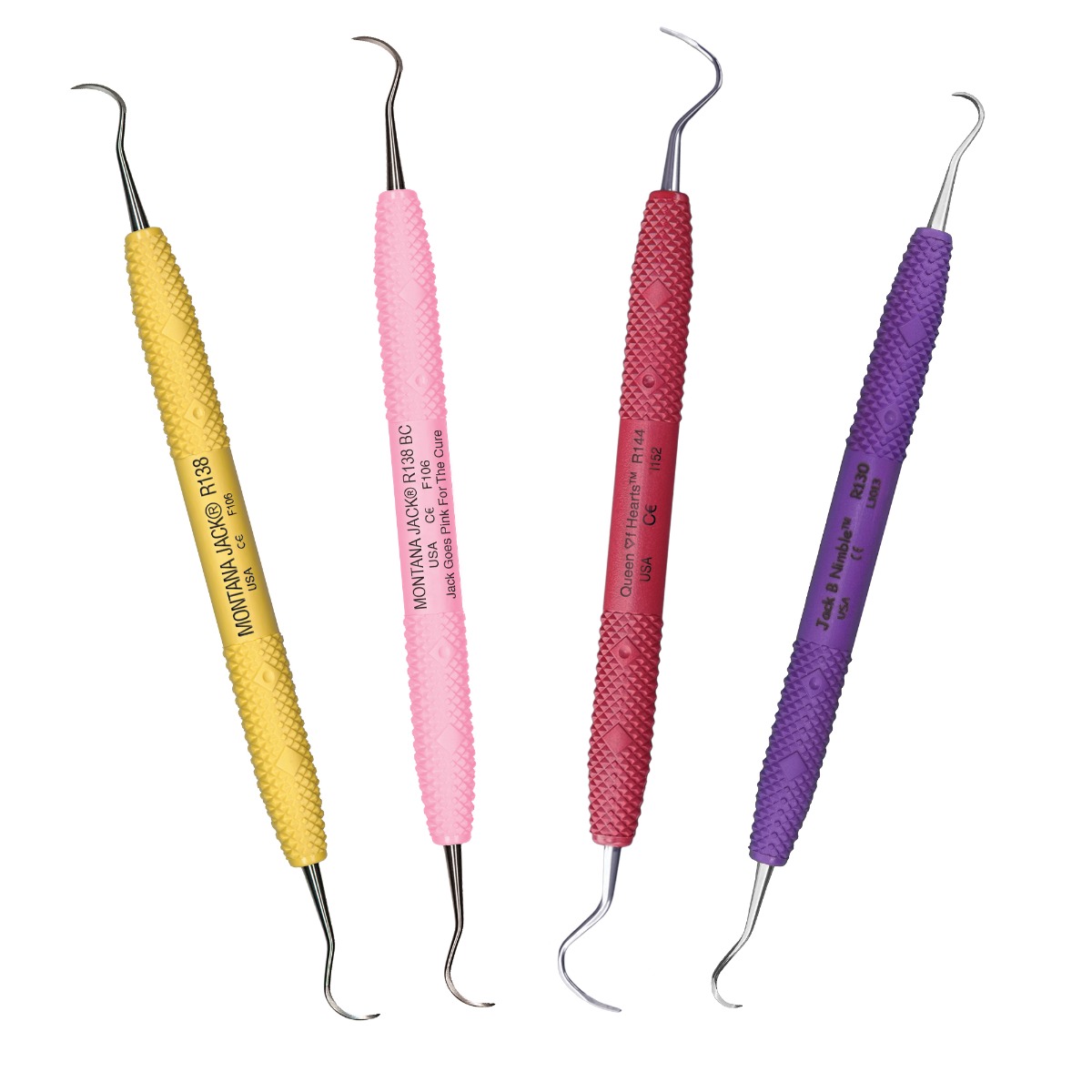Dental Instrument Sharpening
Why Sharpen Your Dental Instruments
Over time, the blades of your dental hygiene instruments can become worn and ineffective through use. Whether you regularly use Graceys, Universal Scalers or Sickle Scalers, taking care of each blade edge is vital to ensure optimum performance.
Dental instrument sharpening is an ideal way to maintain the high quality of your instruments.
Ensuring the blades of your dental hygiene instruments remain sharp can help to prolong their life. Regular dental instrument sharpening will preserve cutting edges and conserve blades, resulting in all-around better performance.
Sharp hand instruments help to improve patient comfort and tactile sensitivity, whilst reducing operator time due to fewer strokes being needed to carry out procedures. You will also experience greater precision and a reduction in musculoskeletal discomfort, lowering the risk of carpal tunnel syndrome and repetitive strain injury.
Furthermore, sharpened tools can decrease the trauma to gingival tissues and reduce incidence of burnishing calculus.
Regular maintenance will ensure your instruments keep their original shape.
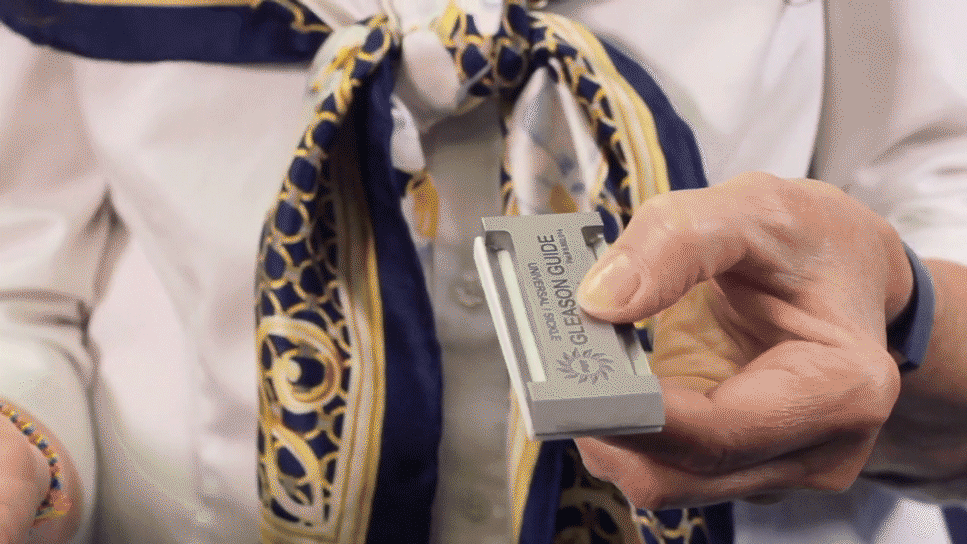
Benefits of Self-Sharpening
Self-sharpening is the quick and easy way to revitalise your existing blade tips in seconds*.
Increase the efficiency and life of your instruments and achieve the sharpness your desire.
There are many benefits to self-sharpening your dental instruments. These include:
Did You Know?
Most sharpening services charge per tip, which means resharpening multiple instruments can be costly. By using your own sharpening kit, you can inject new life into your current instruments for a fraction of the price.
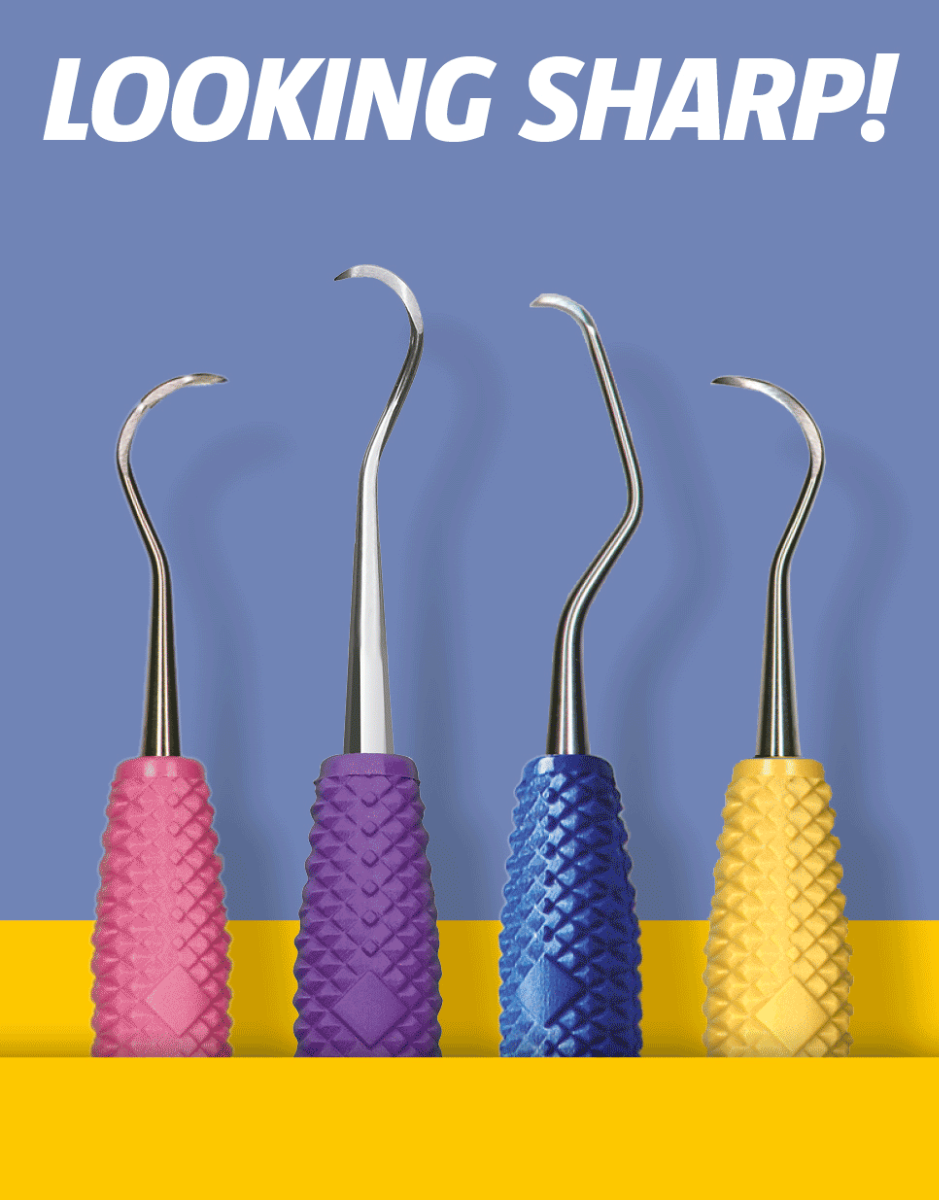
Sharpening your dental instruments might sound complicated, but it can be achieved in three easy-to-follow steps using a PDT Gleason Sharpening Guide and sharpening stone.
Simply STOP, REST and GLIDE.
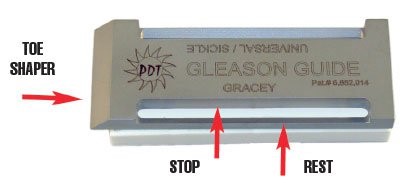
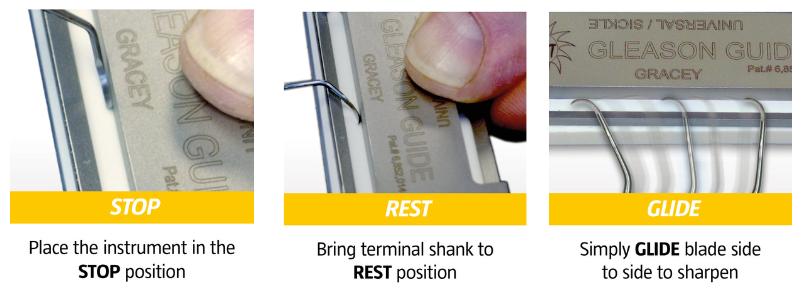
PDT Sharpening Solutions
With PDT’s comprehensive range of sharpening stones and guides, you can sharpen your dental instruments with confidence.
PDT Sharpening Kits
With PDT’s sharpening kits, you can effortlessly sharpen your blunt dental instruments.
Cut the cost of resharpening and breathe new life into your current instruments.
When to Replace Your Dental Instruments
While dental instrument sharpening will prolong the life of your equipment, it is important to know when to replace your tools.
Sharpening gradually removes metal from the instrument, meaning that it will eventually become too thin to use. Most manufacturers recommend replacing instruments once more than 50 per cent of the edge has been lost.
If your instruments have lost their edge, why not recycle them with PDT EarthCare? For every 12 instruments you trade-in, you will receive one brand new hand instrument absolutely free.
Frequently Asked Questions
Instrument blades should be sharpened when they become blunt. This will depend on the frequency with which you use the item.
One of the tell-tale signs of a blunt instrument is a dull cutting edge. Look out for rounded tips that reflect light. Or simply use our PingRing sharpness tester to see how easily the instrument catches – a sharp instrument will catch the ring without effort, whereas a dull instrument will require pressure to catch.
Ensure your instruments are well-stored to prevent sharp blade tips from coming into contact with other instruments or hard surfaces that can cause damage.
There are a number of ways to sharpen your dental instruments. The most cost-effective way is to do it yourself using a guide and sharpening stone.
Other methods include using a sharpening machine or a sharpening service.
*Dependent on present condition

